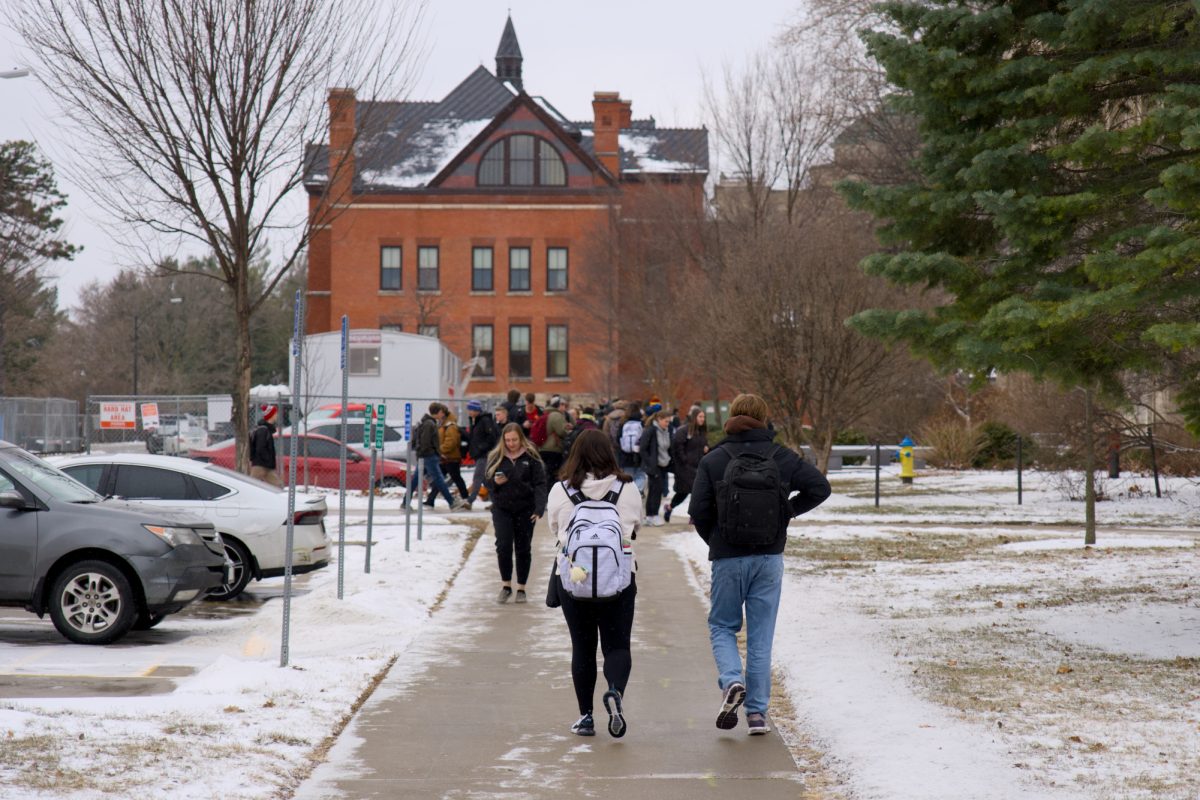Study shows students do not understand First Amendment
February 1, 2005
ARLINGTON, Va. — Three-fourths of high school students believe it is illegal to burn an American flag, according to a new report on attitudes toward the First Amendment.
In 1990, the Supreme Court ruled in Texas v. Johson that state laws banning flag burning violate the First Amendment.
The report, “Future of the First Amendment: What America’s High School Students Think About Their Freedoms,” showed high school students today are apathetic and ignorant about the guarantees of the First Amendment, said David Yalof, associate professor of political science at the University of Connecticut, one of the principle researchers for the project.
“This is just the tip of the iceberg,” he said. “These results show a lack of knowledge and a lack of understanding of the First Amendment.”
Carole Simpson, former ABC news anchor who has traveled around the country for the network, speaking to adolescents about being informed citizens, said she has found the same results.
“Studies show young people are not watching the news,” she said. “I have just been so horrified with our young people. They don’t see why that’s so important to know.”
Yalof said the report found that apathy doesn’t stop with students. Among the 7,889 high school teachers and 327 principals surveyed, only 25 percent thought student newspapers should be able to report on controversial issues without the approval of school authorities.
The report also found 49 percent of students thought newspapers shouldn’t be able to publish freely without government approval of stories.
Vanessa Shelton, director of the Iowa High School Press Association, said although Iowa high schools generally do well with the First Amendment, she sees understanding come and go as faculty changes.
“You have some schools where they have a strong journalism program, which means there is a strong teacher behind them,” she said. “But, a couple years later, that teacher may retire and the new teacher is new in the classroom and maybe doesn’t understand the First Amendment, and students aren’t learning how the First Amendment applies to them.”
Simpson said engaging teenagers is essential to democracy.
“The real challenge for news media is to get their attention,” she said. “We have got to change, because I am really scared about a free press today.”
Yalof said the survey was broken down into three main sections — a profile of attitudes and knowledge among high school students, the differences of opinion between students involved in media and those who aren’t and the learning environment for the First Amendment in all areas of the curriculum.
The report showed higher understanding among students involved in school media, like newspapers.
But it noted only 47 percent of students in the study attended schools with one media activity, and 18 percent attended schools with more than one media activity.
The First Amendment Center, with the help of the John S. and James L. Knight Foundation, commissioned the report and will release recommendations for change later this year.






